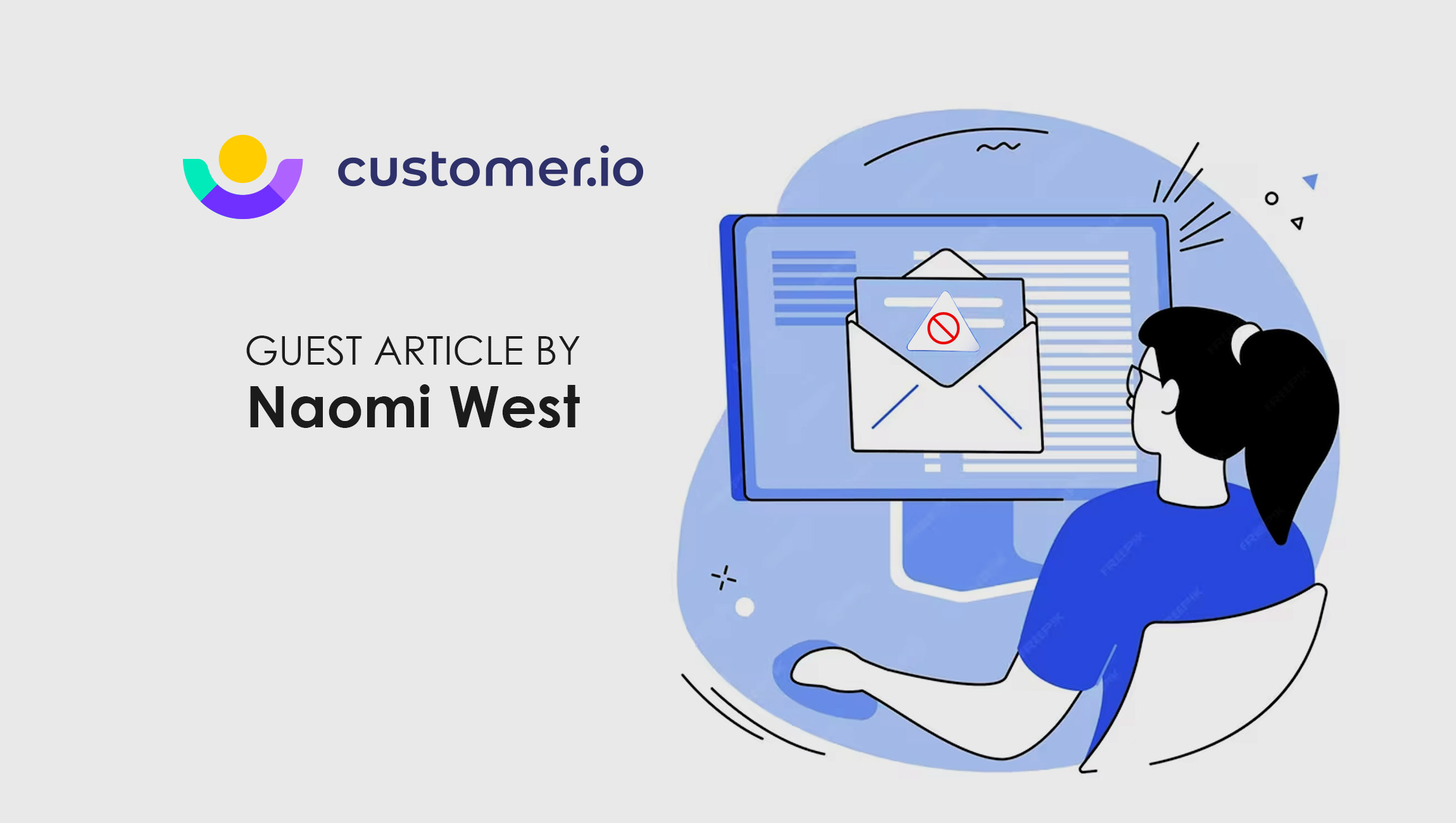The MarTech landscape is constantly evolving. Every day, we come across various tools and platforms that help us finish our tasks faster. With such a deluge of MarTech software on the market, businesses struggle to keep up with the trends. They find it difficult to choose the right tools for their needs.
Thus, the business experiences MarTech dysfunction leading to the following problems:
- Ineffective marketing campaigns: When businesses use the wrong tools or don’t understand usage, the marketing campaign becomes ineffective. It leads to a waste of time and money, eventually damaging the brand’s reputation.
- Poor customer experience: Without a unified view of a customer, brands cannot offer the value they are It leads to customer dissatisfaction.
- Increased costs: MarTech is an investment that cannot be taken lightly. If businesses fail to utilize them effectively, they spend more than they should.
Given that, we have identified the top myths that contribute to MarTech dysfunction. Here are the biggest MarTech dysfunction myths. Let us learn about them and debunk them.
1. One MarTech Solution is Better than Many
One of the most common reasons for MarTech dysfunction is this myth. The marketing team assumes that they need just one MarTech solution and it will cover all marketing activities. They want to pool one MarTech solution and cater to all marketing activities, such as CRM, social media, lead generation, programmatic ad buying, dashboard, etc.
While having one system rather than many is more economical, it is not always feasible. Do not fall for the myth, as MarTech keeps evolving and you must keep an eye on the latest trends.
2. We need the most effective tools from the beginning
We often say that the marketing industry evolves with time. Similarly, MarTech evolves as per the current industry needs. If this is so, how can you have one tool from the beginning? First of all, there is no such thing as ‘the best tool.’ Although you may have the right solution for your company. It is important to assess your needs and compare different solutions to find the one that fits your organization’s goals.
You will also need to keep an eye on the market to ensure that you are using the latest technology to stay competitive. Finally, make sure to use a tool that is easy to use and support.
Even if your team finds the most effective tool, they might not use it right from the start. Every team passes through the try-and-learn process, and we need to accept this fact
3. One tool can cover the entire stack
Many tech solutions can be used overnight, but with MarTech, the story reverses the other way around. Even mature companies with experience with MarTech for years take time to understand the product and put it to use only when they are sure of using it. To use a MarTech tool efficiently, you also need the required competencies. Building a MarTech stack is a long journey and one must have patience throughout.
Marketing Technology News: MarTech Interview with Manu Mathew, CEO at Cohora
4. MarTech takes away creativity out of campaigns
Honestly, the opposite is true. Advanced technologies are paving the way for more channels and ways to engage with brands. MarTech expands the potential to create amazing experiences and establish relationships with customers that define your brand.
One must view MarTech as a tool, just as an ingredient in a recipe. The magic lies in the marketer’s head. It is the marketer who churns the broth with all these ingredients and prepares a delightful meal.
5. MarTech helps to structure processes
Simply implementing an existing solution will not structure your processes. The processes must be structured and utilized in a way that utilizes technology. Remember that any digital platform or tool will not run by itself. It cannot automate your processes. It always takes an architect or engineer to process and configure solutions.
6. MarTech must be implemented for all the processes
If you try to cover all your marketing processes with software solutions, long implementation lines will result. Even worse, it will not bring you value in time. Instead, focus on what you are trying to achieve.
Sit with your team and focus on the results you want. Understand your customer journey and find the corresponding data points.
7. You always need a team to run MarTech
The process of using MarTech tools in your organization is easy. You can have a dedicated member of your in-house marketing team handle the MarTech stack. And if your organization uses simple and affordable tools, there isn’t too much technical knowledge required to operate such tools.
Marketing Technology News: How B2B Tech Marketers Can Drive Customer Loyalty











